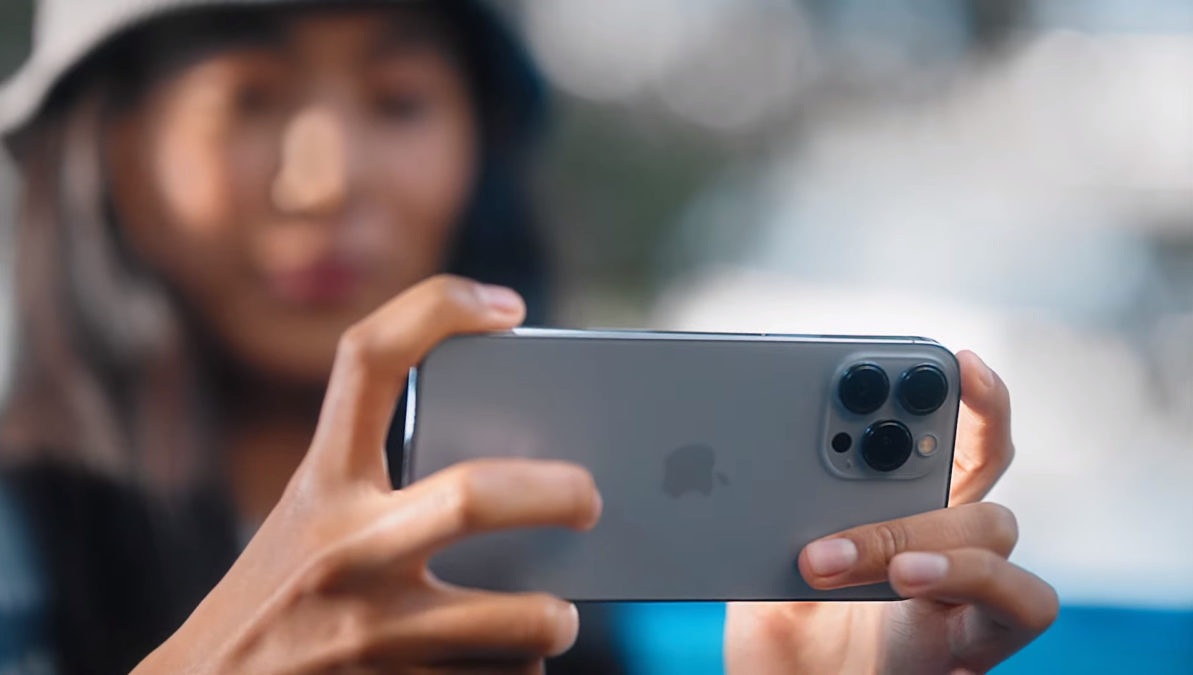
It feels like just the other day that Apple revealed the iPhone 12 range, giving us four devices in the series. From the tiny iPhone 12 Mini to the top-end iPhone 12 Pro Max, there was no shortage of options at launch. Now, Apple has announced the iPhone 13 series, and they all look like pretty solid smartphones. What if you wanted something a little different though? We’ve got you covered with our rundown of the best iPhone 13 alternatives.
The best iPhone 13 alternatives
1. Samsung Galaxy S21 series
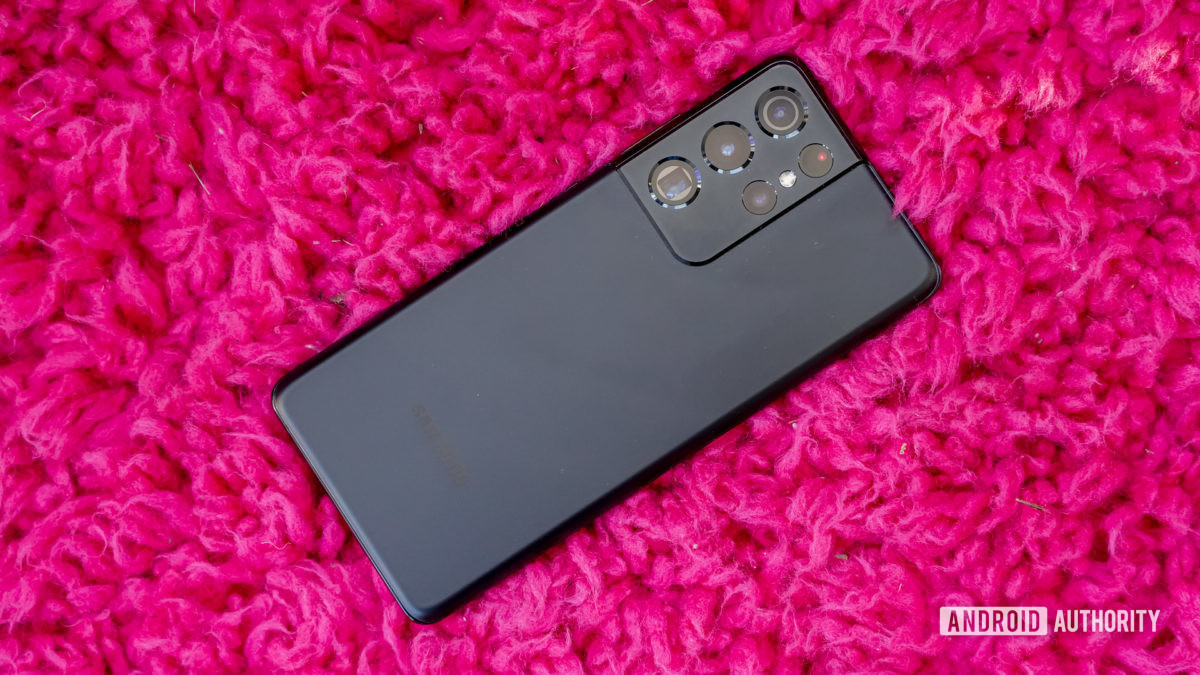
Samsung’s phones have always gone toe-to-toe with Apple’s devices when it comes to flagship wares. So is it any surprise that the Galaxy S21 family is easily one of the best iPhone 13 alternatives on the market?
One of the biggest selling points is that Samsung is promising three years of OS updates and four years of security patches for the S21 family (among other device lines). This isn’t quite as good as Apple’s devices but it’s miles better than most other Android OEMs.
What we thought: Galaxy S21 review | Galaxy S21 Plus review | Galaxy S21 Ultra review
All three phones offer 120Hz OLED panels, 5G connectivity, 12MP ultra-wide cameras, and 8K video recording. The Galaxy S21 is the cheapest and smallest model, packing a 4,000mAh battery, a relatively solid triple camera system, and a plastic build. Meanwhile, the S21 Ultra is the largest and most expensive model, featuring a 5,000mAh battery, two telephoto cameras (3X and 10X), a glass design, and a QHD+ panel.
2. Apple iPhone SE 2020
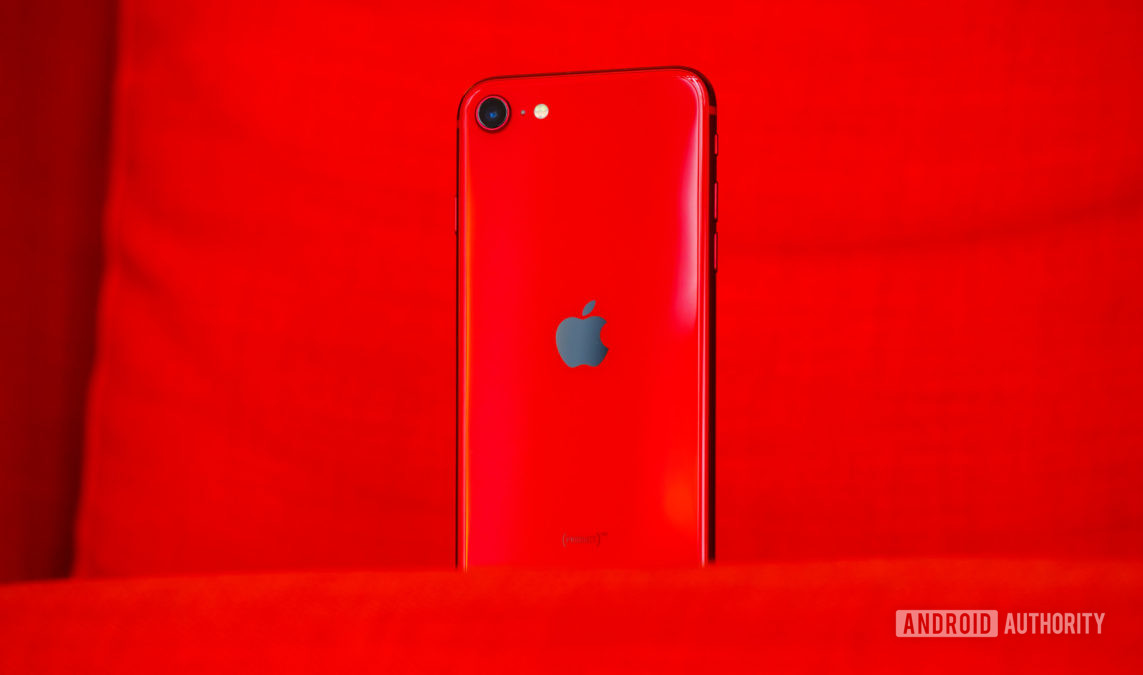
Like the idea of getting an iPhone but want something much cheaper than the newest devices? That’s where the iPhone SE 2020 comes in, being one of the better iPhone 13 alternatives around.
The wallet-conscious iPhone SE came in at $400 in the US, making it the cheapest new iPhone you can get by a large margin. And you’re getting some solid specs for the price, such as an A13 Bionic processor, IP67 water/dust resistance, and wireless charging.
Our verdict: Apple iPhone SE 2020 review — Old is new, again!
That being said, you do miss out on iPhone 12 and 13 features like multiple rear cameras, 5G, higher resolution screens, and newer designs. You also miss out on features like a high refresh rate panel and a large battery. Still, it’s one of the cheapest ways to hop aboard the Apple train.
3. OnePlus 9 series
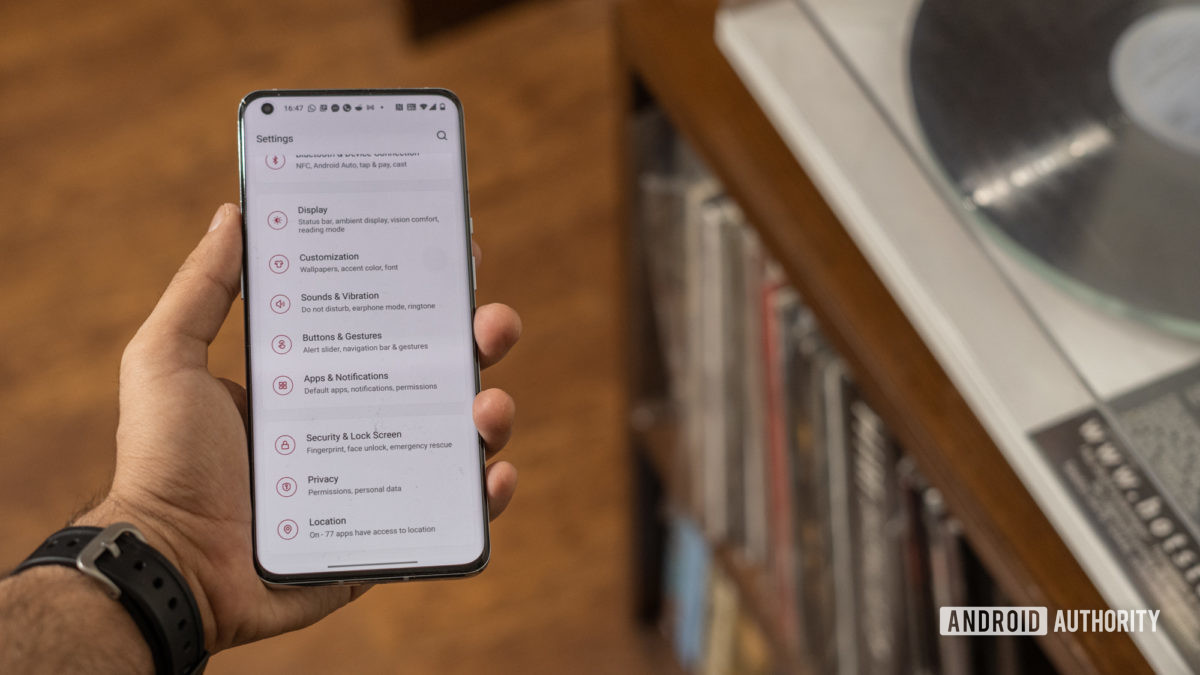
OnePlus devices have been steadily rising in price over the years, but it’s tough to argue that you aren’t getting a decent deal with the OnePlus 9 duo (or trio if you’re in India with the OnePlus 9R). Both phones offer 65W wired charging, a Snapdragon 888 SoC, a 48MP main camera, and a 50MP ultra-wide snapper.
The OnePlus 9 Pro is the star of the show here, featuring a QHD+ OLED screen, IP68 rating, 50W wireless charging, and an 8MP 3.3x telephoto camera. Meanwhile, the vanilla OnePlus 9 serves up an FHD+ OLED panel, an IP68 rating for the T-Mobile variant only, and slower wireless charging (or no wireless charging in India). The standard phone also lacks a telephoto camera of any kind.
More reading: OnePlus 9 review — Serious business, cheap suit | OnePlus 9 Pro review — Gunning for Apple and Samsung
OnePlus has also confirmed that these phones will be getting three years of OS updates and four years of security patches. This is welcome news for anyone who was looking at Apple’s devices purely for the long-standing commitment to updates.
4. Asus Zenfone 8
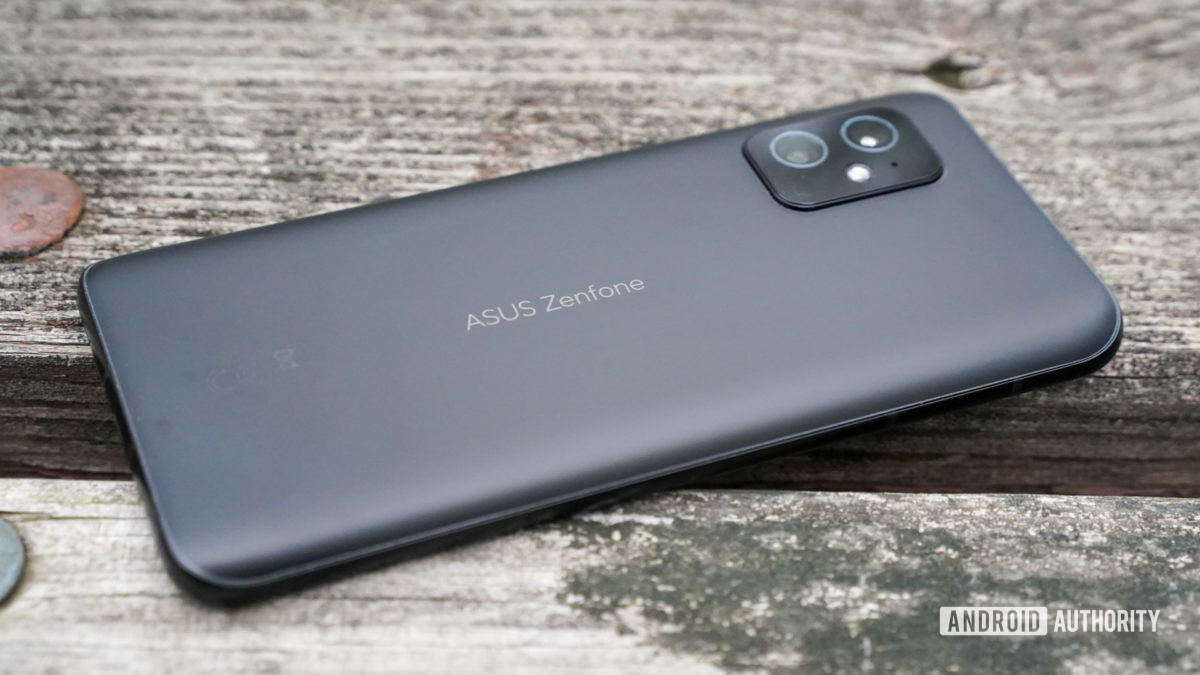
The Zenfone 8 was one of the more pleasant surprises of 2021, and it’s certainly worth considering if you were looking at an alternative to smaller iPhones. Yes, the Asus device is one of the few compact Android flagship phones this year.
Our thoughts: Asus Zenfone 8 review — Just short of perfection
It’s a pretty solid device otherwise, as you’re getting a 5.9-inch 120Hz OLED panel, Snapdragon 888 SoC, a dual rear camera system (64MP main and 12MP ultra-wide), and a 4,000mAh battery with 30W charging. Two more notable features are an IP68 rating and the return of the 3.5mm port.
The Zenfone 8 starts at just $630, which is another massive point in its favor. So those looking for a compact flagship on a budget can do a lot worse than this.
5. Samsung Galaxy Z Flip 3
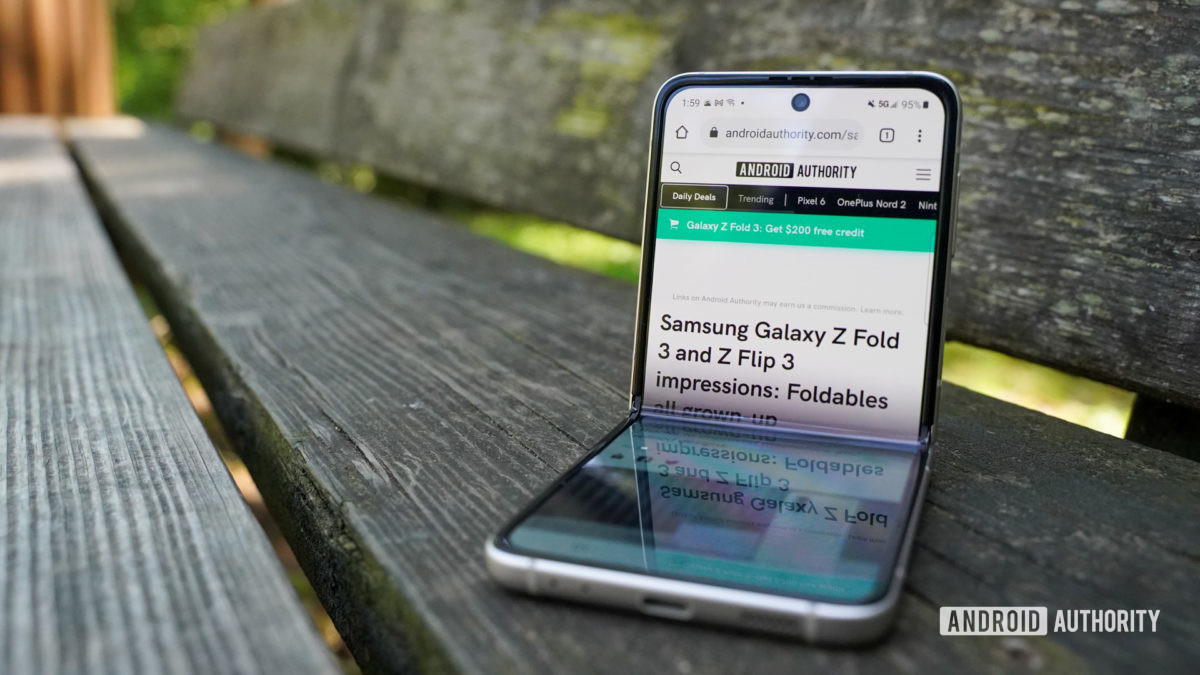
The foldable phone segment is heating up in a big way, but Apple doesn’t have a foldable iPhone just yet. Samsung is leading the pack in this regard, and the Galaxy Z Flip 3 is arguably the one to get.
Samsung’s cheapest foldable in 2021 adopts a clamshell design akin to classic feature phones like the Motorola Razr V3. Open the phone and you’ll be greeted by a folding main display, while closing the device protects this main screen and also reveals a tiny external display. The smaller screen is used for everything from notifications and the date/time to viewing messages and taking selfies.
Review: Samsung Galaxy Z Flip 3 — Worth taking the chance
The Galaxy Z Flip 3 also sports flagship silicon, a water-resistant design, and dual 12MP rear cameras (main, ultra-wide). The only real downsides to the device are that the $1,000 price tag is still pretty expensive (although it’s cheap for a foldable), the cameras aren’t amazing, and the 3,300mAh battery is tiny for an Android phone.
6. Sony Xperia 1 III
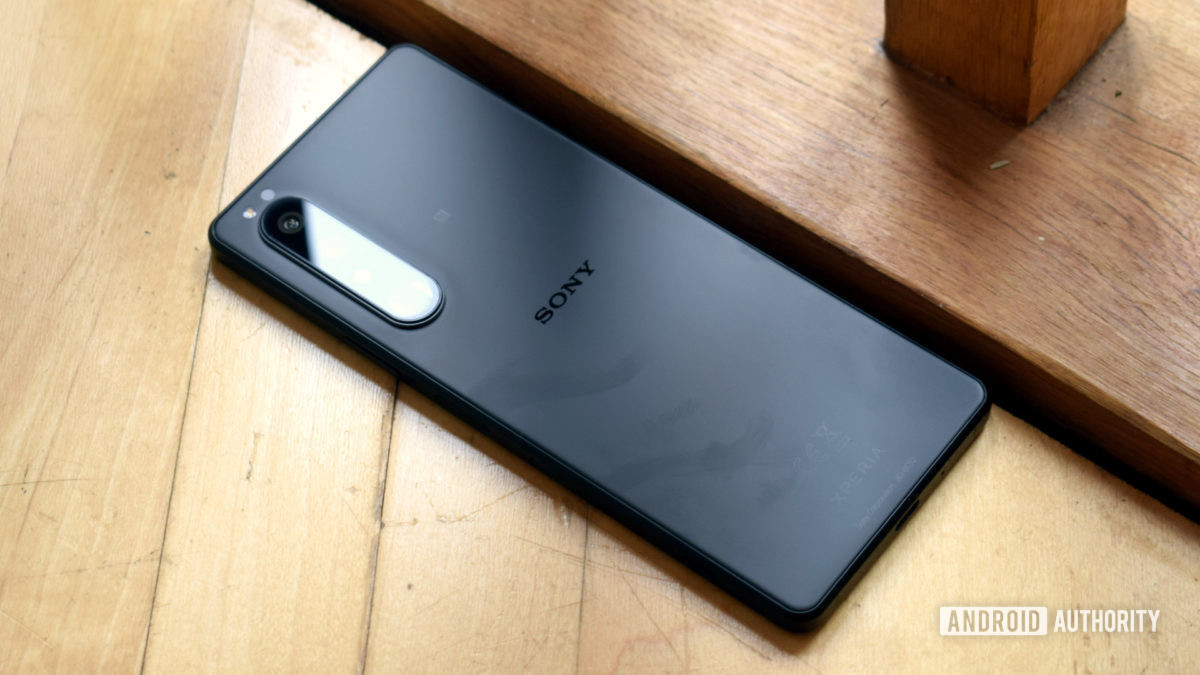
Sony has quietly been producing flagship phones for years now, but 2021’s phones might be the best devices the brand has ever made. The Xperia 1 III leads the charge, delivering a Snapdragon 888 SoC, a 4,500mAh battery, 30W wired charging, and wireless charging. But it also packs a few cool innovations.
Verdict: Sony Xperia 1 III review — Elegant, exhilarating, expensive
For one, the Sony device packs a 6.5-inch 4K OLED display with a 120Hz refresh rate — so you don’t have to choose between a pixel-dense screen and a high refresh rate. Sony’s phone also sports a variable telephoto camera for the first time in the industry, delivering the ability to take shots at native 3x or 4.4x zoom. A 12MP main camera, 12MP ultra-wide shooter, IP68 rating, and a headphone port round out the package.
Like the idea of the Xperia 1 III but want something smaller? That’s where the Xperia 5 III comes in. You lose out on a 4K display resolution but gain a 6.1-inch FHD+ screen instead. Sony’s smaller flagship also ditches wireless charging, but you’ve still got everything else here (including that variable telephoto camera and 3.5mm port).
7. Google Pixel 6 series
![]()
The Pixel 6 and Pixel 6 Pro aren’t out yet, so we’re cheating a little by recommending these phones before we have a full picture of what to expect. Nevertheless, Google’s phones have always been great iPhone alternatives as they offer a pure, performant take on Android and a lengthy commitment to system updates.
Both phones are confirmed to offer Google’s in-house Tensor chipset, a high refresh rate OLED panel, and a new main camera sensor. The Pro device differs from the standard Pixel 6 by offering a triple camera setup (including a 4x periscope camera) instead of a dual rear camera system, a 120Hz QHD+ screen instead of a 90Hz FHD+ display, and presumably a bigger battery too.
There’s no official word on a launch date yet beyond fall 2021, but unofficial sources point to a mid-October launch. So you might want to wait until then to see what Google has up its sleeve.
iPhone 13 alternatives: Honorable mentions
- Google Pixel 5a ($449): Can’t wait for the Pixel 6 series but want a pure Android experience with plenty of updates? That’s where the Pixel 5a comes in. It’s not nearly as powerful as recent iPhones, but you do get an OLED screen, 5G connectivity, IP67 water/dust resistance, and good cameras. You’re also getting Pixel features like Call Screening, astrophotography, and astrophotography timelapses.
- Xiaomi Mi 11 Ultra (Rs 69,999): If you’re intrigued by Apple’s Pro devices but want to know what else is out there, then the Mi 11 Ultra is definitely a good starting point. Xiaomi’s premium flagship is very expensive, but you get high-end silicon, a huge 5,000mAh battery, 67W wired/wireless charging for super-fast charging, and a 120Hz QHD+ screen. The phone also packs an impressive camera system (50MP main, 48MP ultra-wide, 48MP 5X periscope), a secondary rear display for some reason, and an IP68 rating.
- Samsung Galaxy S20 FE ($550): Samsung’s more affordable flagship is due to get replaced any day now, but it’s still one of the best iPhone 13 alternatives out there. The phone had a $700 launch price but has been available for $550 via Amazon for a while now. It ticks plenty of boxes despite this price tag though, such as a 4,500mAh battery, wireless charging, an IP67 rating, a flexible triple rear camera system (12MP main, 12MP ultra-wide, 8MP telephoto), and a 120Hz OLED screen. Toss in three years of OS updates and four years of security patches and you’ve got a very enticing proposition.
These have been our best iPhone 13 alternatives. Are there any devices you’d recommend? Then let us know via the comments section below.